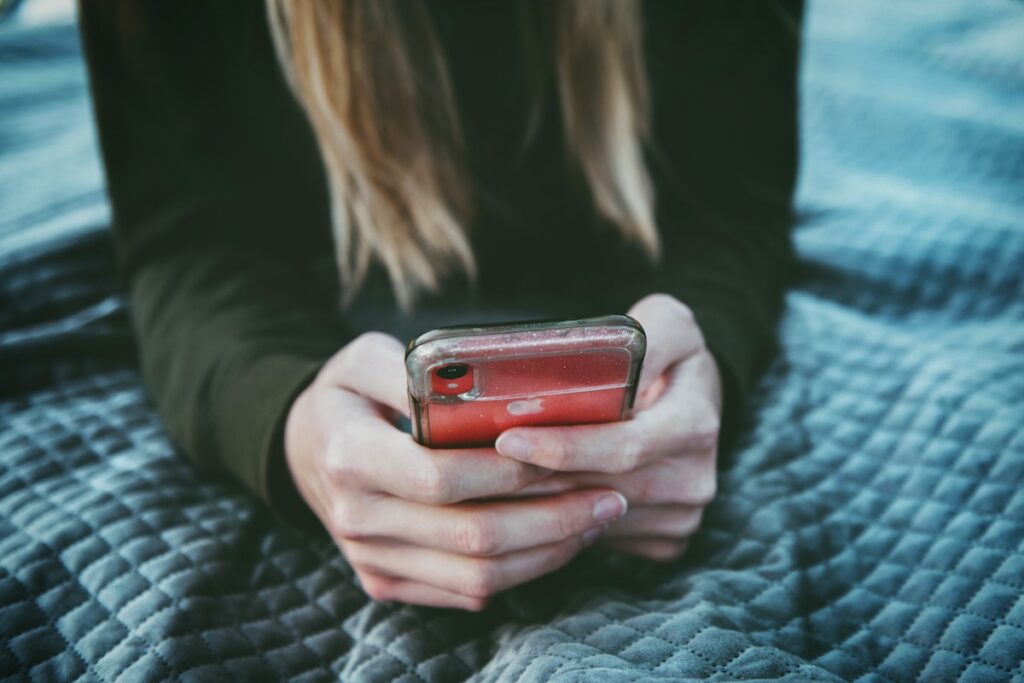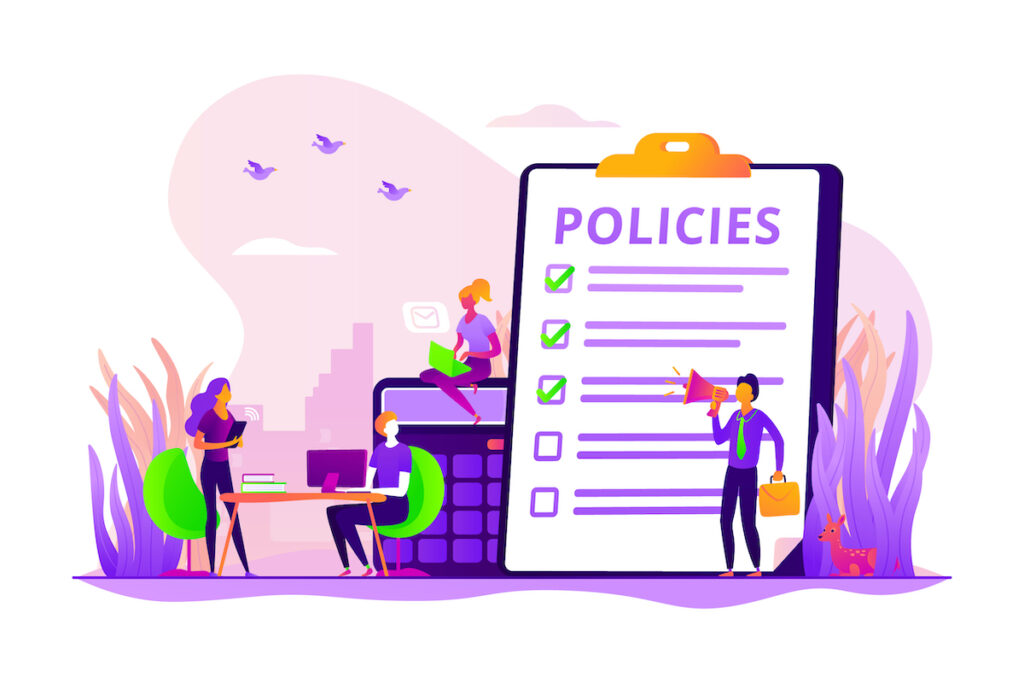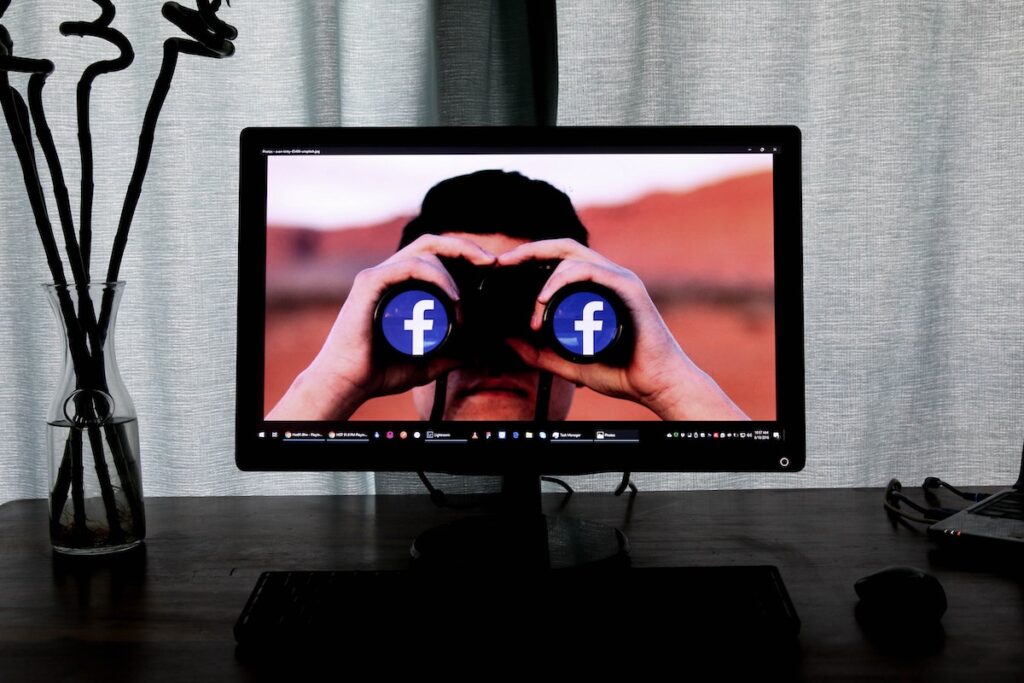
In recent years, there has been evidence of worsening mental health, increases in self-harm and/or rising suicide rates among young people in several countries including the UK, Australia, Canada, and the USA (Padmanathan et al., 2020). Factors contributing to this trend, and the best ways to address it, are yet to be determined (Knightsmith, 2018, Robinson et al., 2018).
Social media use has been growing globally, particularly amongst young people (Global Web Index, 2021). Almost 20% of 16-23 year olds report that social media use causes them anxiety, yet this generation also reports feeling more comfortable accessing mental health support via social media than a medical professional (Global Web Index, 2021). High-quality prospective studies investigating the impact of social media on adolescent mental health are lacking (Keles et al., 2020), but reviews of the influence of Internet use on suicidal behaviour in young people have highlighted the potential for both positive and negative effects (Daine et al., 2013, Marchant et al., 2021). Measures to minimise online harms are currently being considered by governments and technology companies (H.M. Government, 2020).
Amongst 16-23 year olds worldwide, the image-sharing social network Instagram is the most popular platform (Global Web Index, 2021). Other image-sharing platforms such as Tumblr are also gaining popularity amongst self-harm communities (Jacob et al., 2017). Imagery can be more emotive than verbal descriptions, and images of self-harm may influence the likelihood of further self-harm (Holmes and Mathews, 2010, McEvoy et al., 2017). As technology companies begin censoring self-harm-related images (Mosseri, 2019), research specifically into the impact of sharing and viewing these images on young people is essential.

As popular image-sharing social media platforms consider censorship of self-harm-related content, an evaluation of the impact of this content on young people is essential.
Methods
The population of interest in this systematic review was young people less than 25 years of age, irrespective of whether they had a self-harm history. The key exposure was image-based online content (including videos) relating to self-harm or suicidal behaviour. Specific aspects or types of images, such as graphic imagery, were also investigated. The primary outcome was any behavioural or emotional effect.
As is often the case in UK-based self-harm research and clinical guidelines, the definition of self-harm included any intentional act of self-injury or poisoning, independent of motivation or suicidal intent. The authors explained that this definition was chosen because, within individuals, motivation and suicidal intent can be difficult to determine and can fluctuate.
The authors searched key electronic databases using a wide range of search terms to identify research papers published between 1991-2019 that investigated suicide or self-harm-related images on social media platforms and the wider Internet. The search terms specified a number of commonly used platforms but did not include several of the top 10 most-used social networks globally, such as Chinese platforms WeChat (>1 billion active users) and Douyin (approximately 600 million active users). Although the use of these platforms is limited in a geographical region, their popularity is greater than platforms such as Twitter and Snapchat, for which search terms were included (Kemp, 2021).
Alongside electronic databases, meta-search engines, reference lists and a range of UK-centred topic-specific websites were also searched. Only English language peer-reviewed journal papers describing primary data were eligible for inclusion. Grey literature, review articles, single case studies, editorials and conference abstracts were excluded.
Standard procedures were implemented to minimise bias in the data selection and extraction process. The quality of included studies was adequately assessed using the Critical Appraisal Skills Programme (CASP) tool. A narrative synthesis was conducted due to the heterogeneity and mainly qualitative nature of the included studies. The process for developing categories was clearly described.
Results
Of the 3,687 records identified, 19 independent studies reported in 20 articles were included.
| Study characteristics | Category (number of articles) |
| Content | Images (4), videos (11), both (5) |
| Country | USA (7); Canada (5); UK (2); Germany (2); Australia (1); multiple countries (3) |
| Method | Qualitative (9); quantitative (4); mixed (7) |
| Quality | High (11); moderate (7); low (2) |
| Platforms examined (where specified) | Instagram (2); Tumblr (1); Youtube (8); Twitter (1) |
Three types of study, investigating online self-harm-related images and videos, were identified:
- Content analyses (n=12);
- Self-reported impacts of sharing and viewing (n=3);
- Online interventions using videos (n=4).
For most studies, participant characteristics, aside from gender, were unavailable. Two studies were explicitly described as involving participants with a self-harm history, although several other studies included creators, users, or distributers of self-harm-related content. All studies of web-based interventions involved student participants, but the proportion with a self-harm history was not provided.
A wide range of emotional reactions was expressed in response to self-harm-related images including anger, sadness, shock, ambivalence, sympathy, empathy, and feelings of solidarity. There were reports that images could exacerbate self-harm through normalisation, competition, imitation, and triggering. The latter was worse with graphic imagery compared with less severe images such as scars or healing wounds. Some, but not all, of the self-harm-related content examined included trigger or advisory warnings to warn individuals of the potential to exacerbate self-harm.
In contrast, there were also reports of content reducing the urge to self-harm by providing an alternative, sometimes artistic, outlet for difficult emotions. The images could illustrate the creator’s underlying feelings, and also arouse positive emotions when they were re-shared. Other forms of recovery-oriented content included inspirational stories and advice or encouragement regarding accessing support. The quantity of this type of content varied between platforms.
Professionally generated, online, awareness-raising or therapy interventions, which included videos, have shown promise in preliminary research. The need to provide adequate support to avoid iatrogenic harm and distress when including self-harm-related images in these interventions was, however, noted.
Finally, the review also identified evidence that when users have been prevented from searching for the hashtag #SelfHarm, ambiguous hashtags have been created to bypass restrictions.

The findings of this study suggest that online sharing of self-harm–related images amongst young people can have both positive and negative impacts.
Conclusions
This review supports concerns about the potential for negative impacts of online sharing of self-harm-related images amongst young people, but also identifies a range of positive impacts.
The authors concluded:
The combination of appropriate policies by internet service providers and education for individuals may be necessary to allow for the potential positive impacts of web-based imagery while minimising the potential for harm.

Care should be taken when attempting to minimise the harm caused by online sharing of self-harm-related images, to avoid unintended consequences.
Strengths and limitations
This is the first review to focus on the online sharing of image-based content in young people. It is hugely relevant given the rapid growth in the use of image-based social media platforms and the recent policy discussions about reducing online harms.
In light of the concerns regarding youth mental health in several high-income English-speaking countries, the focus of this review on these countries is valuable. Various aspects of the search strategy (as described in the Methods section of this blog) did, however, limit the geographical scope of the review.
The authors highlighted further limitations of the range of studies included:
- Males were under-represented
- The images mainly reflect methods used by young people in the community rather than those attending hospital, despite self-harm-related Internet use being common amongst young people attending hospital with self-harm
- Outcomes were mainly self-reported
- Data on long-term outcomes was lacking
- Accurate participant characteristics were difficult to ascertain from online profiles. In particular, age may frequently have been over-stated to gain access to restricted content.
The limited availability of participant characteristics is particularly important because the interpretation, use and impact of online content may differ according to the severity of participants’ suicidal feelings and their reasons for viewing the content (Biddle et al., 2018).

This study is a timely review with pertinent findings from predominantly high-income, English-speaking countries.
Implications for practice
Individual-level
Many young people are already aware of the potential for images to cause harm, as demonstrated by their use of trigger warnings. Initiatives are required to further empower young people to appraise and moderate their own content, whilst also educating parents, teachers, and media professionals. This could build on the work of the #chatsafe project and Samaritans, who developed guidelines and resources to help young people to communicate safely about suicide and self-harm online (Robinson et al., 2017; Catchpole, 2020; Samaritans, 2021).
Clinical
When assessing young people who self-harm, there should be routine inquiry and, where appropriate, discussion about engagement with self-harm-related images online, since it may be an important factor in recovery.
Image-based social networks provide an opportunity to engage with vulnerable young people who may not present to services. Further research is required into suicide prevention interventions that can utilise this opportunity.
System-level
Care must be taken when restricting self-harm-related image-based content, to avoid unintended consequences such as increasing stigma and reducing positive impacts.
For example, the authors explained:
The indiscriminate removal or blurring of images of people with injuries and scars will include those not related to self-harm and could negate the potentially positive impact of fading or healing self-harm scars.
Research and policy will need to constantly evolve to keep pace with the changing popularity of social media platforms and search engines, through which potentially harmful content can be accessed.

Minimising harm from the online sharing of self-harm-related images requires action at an individual, clinical and system-level.
Statement of interests
Prianka Padmanathan has previously published research on Internet use, social media and self-harm (Padmanathan et al., 2018, Padmanathan et al., 2020).
Acknowledgements
Thank you to Dr Lucy Biddle for commenting on an earlier version of this blog.
Links
Primary paper
Marchant, A., Hawton, K., Burns, L., Stewart, A., John, A., (2021) Impact of Web-Based Sharing and Viewing of Self-Harm–Related Videos and Photographs on Young People: Systematic Review. J Med Internet Res 23, e18048.
Other references
Biddle, L., Derges, J., Goldsmith, C., Donovan, J. L. & Gunnell, D. (2018) Using the internet for suicide-related purposes: Contrasting findings from young people in the community and self-harm patients admitted to hospital. PLOS ONE, 13, e0197712.
Catchpole, Z. (2020) #chatsafe: helping young people communicate safely online about suicide. Available from: https://www.nationalelfservice.net/mental-health/suicide/chatsafe-helping-young-people-communicate-safely-online-about-suicide/.
Daine, K., Hawton, K., Singaravelu, V., Stewart, A., Simkin, S. & Montgomery, P. (2013) The Power of the Web: A Systematic Review of Studies of the Influence of the Internet on Self-Harm and Suicide in Young People. PLOS ONE, 8, e77555.
Global Web Index (2021) Social: GWI’s flagship report on the latest trends in social media. Global Web Index.
H.M. Government (2020) Online Harms White Paper: Full government response to the consultation.
Holmes, E. A. & Mathews, A. (2010) Mental imagery in emotion and emotional disorders. Clin Psychol Rev, 30, 349-62.
Jacob, N., Evans, R. & Scourfield, J. (2017) The influence of online images on self-harm: A qualitative study of young people aged 16-24. J Adolesc, 60, 140-147.
Keles, B., Mccrae, N. & Grealish, A. (2020) A systematic review: the influence of social media on depression, anxiety and psychological distress in adolescents. International Journal of Adolescence and Youth, 25, 79-93.
Kemp, S. (2021) Digital 2021: Global Overview Report. We Are Social & Hootsuite.
Knightsmith, P. (2018) Youth suicide prevention research needs a shake-up: lives depend on it. Available from: https://www.nationalelfservice.net/mental-health/suicide/youth-suicide-prevention-research-needs-a-shake-up-lives-depend-on-it/.
Mcevoy, P. M., Hayes, S., Hasking, P. A. & Rees, C. S. (2017) Thoughts, images, and appraisals associated with acting and not acting on the urge to self-injure. Journal of Behavior Therapy and Experimental Psychiatry, 57, 163-171.
Mosseri, A. (2019) Taking More Steps To Keep The People Who Use Instagram Safe. Available from: https://about.instagram.com/blog/announcements/more-steps-to-keep-instagram-users-safe.
Padmanathan, P., Biddle, L., Carroll, R., Derges, J., Potokar, J. & Gunnell, D. (2018) Suicide and Self-Harm Related Internet Use. Crisis, 39, 469-478.
Padmanathan, P., Bould, H., Winstone, L., Moran, P. & Gunnell, D. (2020) Social media use, economic recession and income inequality in relation to trends in youth suicide in high-income countries: a time trends analysis. Journal of Affective Disorders, 275, 58-65.
Robinson, J., Bailey, E., Hetrick, S., Paix, S., O’donnell, M., Cox, G., Ftanou, M. & Skehan, J. (2017) Developing Social Media-Based Suicide Prevention Messages in Partnership With Young People: Exploratory Study. JMIR Ment Health, 4, e40.
Robinson, J., Bailey, E., Witt, K., Stefanac, N., Milner, A., Currier, D., Pirkis, J., Condron, P. & Hetrick, S. (2018) What Works in Youth Suicide Prevention? A Systematic Review and Meta-Analysis. EClinicalMedicine, 4, 52-91.
Photo credits
- Photo by Leon on Unsplash
- Photo by Rodion Kutsaev on Unsplash
- Photo by Tim Mossholder on Unsplash
- Photo by Glen Carrie on Unsplash
- Photo by Qim Manifester on Unsplash
